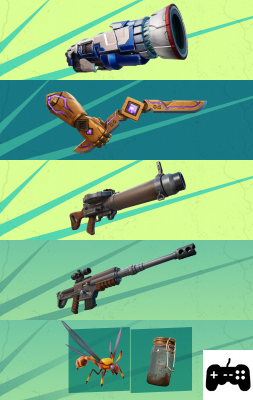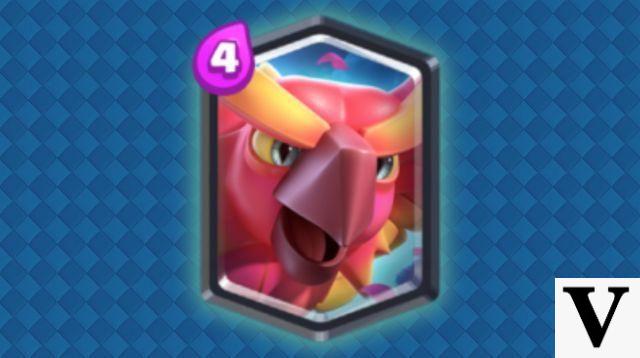
1. How the Twitch payment system works
The Twitch payment system is quite simple to understand. Streamers can earn money through different sources of income on the platform. One of the main ways to earn money on Twitch is through viewer subscriptions. Users can subscribe to streamers' channels by paying a monthly fee, with part of that money going directly to the streamer. In addition, streamers can also receive donations from their followers during live broadcasts. These donations can be in the form of bits, which are a virtual currency on Twitch that viewers can purchase and gift to the streamer. Lastly, streamers can also earn income through sponsors and ads on their streams.
2. The new payment threshold on Twitch
Twitch has recently implemented a new payment threshold for streamers. Previously, streamers had to reach a minimum of $100 in revenue in order to withdraw their money. However, now the payment threshold has been lowered to $50. This means that streamers can withdraw their earnings once they reach $50 in cumulative earnings. This measure has been very well received by the streamer community, as it allows them to access their earnings faster and more frequently.
3. How much money can be made on Twitch with a certain number of viewers
The amount of money that can be earned on Twitch with a given number of viewers can vary greatly. The most popular streamers with a large following can earn thousands of dollars a month, and even more, thanks to subscriptions, donations and sponsorships. However, for smaller streamers with fewer followers, the gains can be much more modest. In general, it is estimated that streamers can earn between $0.01 and $0.05 per viewer per hour of streaming. This means that if you have 100 viewers for an hour, you could earn between $1 and $5. It's important to note that these numbers are estimates only and earnings can vary depending on many factors, including viewer engagement and content quality.
4. How much you earn per subscription on Twitch in different years
The amount earned per subscription on Twitch may vary depending on the year and the platform's policies. In general, streamers receive 50% of a user's monthly subscription fee. For example, if a user pays $4.99 to subscribe to a channel, the streamer will receive around $2.50. However, it's important to note that Twitch keeps a portion of the revenue to cover the costs of the platform and the services it offers to streamers. Therefore, the exact amounts may vary from year to year. Please refer to Twitch's Policies and Terms of Service for the most up-to-date information on subscription earnings.
FAQs (Frequently Asked Questions)
1. How much money do small streamers make on Twitch?
Small streamers on Twitch can earn a variable amount of money. As mentioned above, streamers' earnings depend on several factors, such as the number of followers, interaction with viewers, and the quality of the content. In general, smaller streamers can earn between $100 and $500 per month. However, it is important to note that these figures are only estimates and earnings can vary significantly from one streamer to another.
2. How much does Twitch pay per subscriber?
Twitch pays streamers 50% of a user's monthly subscription fee. This means that if a user pays $4.99 to subscribe to a channel, the streamer will receive around $2.50. It is important to note that Twitch keeps a portion of the revenue to cover the costs of the platform and the services it offers to streamers.
Conclusion
In short, Twitch offers streamers the opportunity to earn money through their live streams. The Twitch payment system includes subscriptions, donations, sponsorships, and advertisements. Streamers can earn different amounts of money depending on factors like the number of viewers, audience interaction, and the quality of the content. It is important to note that earnings can vary and that Twitch keeps a portion of the revenue to cover the costs of the platform. If you're interested in becoming a streamer and earning money on Twitch, we recommend doing more research on the platform's policies and terms of service.
Until next time.

























